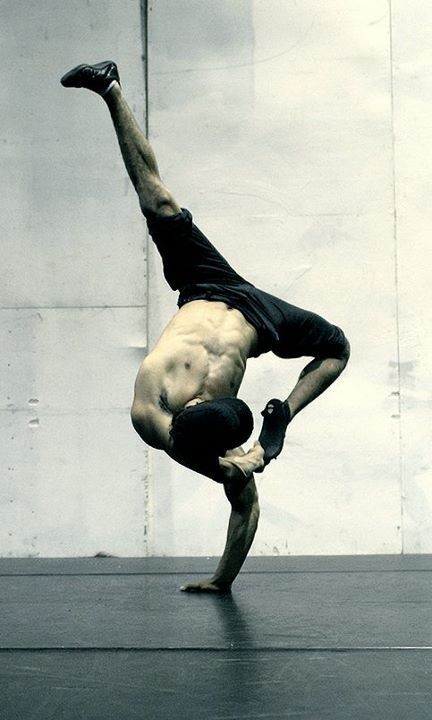" A different perspective on creative problem solving.Inspired by what is working against us and focused on the process, not the end result. "
This project started as a personal goal : "I want to to learn something new every day!".
It quickly evolved in exploring what my personal vision was for problem solving and how I could improve this. I ended up challenging myself to create a vision that I could explain to any kind of personality, to any kind of discipline and from any kind of industry.
Because if a lot of people understand it, there should be some truth in it ... right ?
After talking to a lot of friends and strangers, the vision grew into this ...
The Triangle Vision
Simplicity - How complexity became layers of simplicity
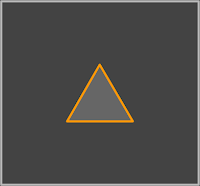
I experience a lot of frustration when things start to feel too complex. Not only are you loosing energy on frustration, but seeing the whole picture and understanding what you need to focus on can quickly drain your happiness. So keeping things simple is the message!
We do this by writing down all the words you can think of when imagining the problem you want to solve. Don't take too long for this, as there are no good or bad answers to this step.
For every word you feel comfortable with, you want to place a triangle that is pointing upwards, next to each other.
This sequence of triangles ( or called building blocks ) will be representing your foundation and safety net for the small steps you will be taking to explore the solution that will work for you.
All building blocks will be your
inspiration through the whole process. This is where you can get your motivation to fail fast, recover and learn. And do it all over again.
 You can mix up your sequence of building blocks with your personal values ( or maybe even the company values ). I have a long list of values that mean a lot to me that I use in my problem solving to support the foundation and mix up the experience.
You can mix up your sequence of building blocks with your personal values ( or maybe even the company values ). I have a long list of values that mean a lot to me that I use in my problem solving to support the foundation and mix up the experience.
Connection - Creativity lies in how to connect 2 pieces together, not in how to reinvent the wheel
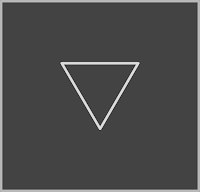
This is not one of the steps from the vision. I just want to take a second to explain why the following steps will be the most important part of the vision.
When you want to get into a flow and follow a direction, the path has to be clear. The importance behind a vision is that you can see how everything can come together. Defining the connection between all the different inspirations will bring transparency on how you and others work. This can improve collaboration, communication, less frustration and many other reasons.
I believe that many people can create a new vision by experimenting with different directions on what the connection could be. I hope that my vision will inspire others to find a vision that they feel comfortable with and explore new opportunities.
In the visual representation of the triangle vision, we see a connection of a triangle upside down. So the triangle pointing upwards will be our inspiration and the triangle pointing downwards will be our limitation.
Limitation - Too much freedom can create fear to get started
I believe that every person has the possibility to be creative. It only depends on from what perspective you are looking at creativity. For this vision we are going to push for creativity by the use of
design constraints.
How I learned from design constraints is when I followed a breakdance workshop from a friend of mine in Belgium. He challenged us to create a dance out of 8 counts, but we had to choose how to constraint our creative freedom. This constraint gave us control about our creativity, allowed us to fail fast and experience new opportunities for our dance that we did not thought about before.
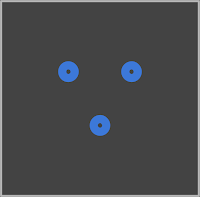
For example : You could try to dance by only using one leg, always be upside down or maybe just using a twister map and only use 2 colors that you can touch.This way you make it fun to fail, you have control about your creativity and you are creating your own challenges.
So for every connection, we want to define 3 design constraints. I would suggestion to make it fun, personal and challenging. Maybe even ask your friend to set some design constraints up for you to follow.
No limits ...
Experimentation - Your own experience becomes the truth, as your perception matters
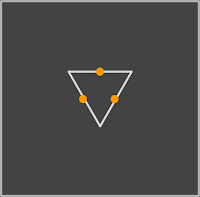
A forgotten skill in life is how to ask interesting questions. A discovery in life can be related to a question you asked before. If you want more interesting experiences, maybe start asking different questions ?
I believe in experiencing truth, instead of copying knowledge. Depending on the person, you gain a different version of the truth. Your own perception becomes very important so you end up hearing a different side of the story. It stays important that we respect each others constructive opinion, as there might be always inspiration to find in it.
Being inspired by the building blocks, limited by the design constraints, you want to ask yourself a question. This question has to be the start of an experiment that will give you a different experiences.
In the triangle vision, the 3 questions that you ask represent the sides of the triangle upside down.The question is the orange dot in the center of every line. You can see a line as an experiment that is relative to the question.
Association - We are all good with comparing with others. Use this skill now to find what connects your experiments
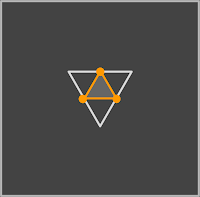
Once created these 3 experiments, you want to use a skill you have been using every day for as long as you can remember. We all
compare ourselves to the worst and to the best. These comparisons tend to support many assumptions you make in life. In some cases it might inspire you, but in many times it can frustrate you.
We want to use our associative behavior now for a good cause! Your next challenge is to find what is common between these 3 experiments. Keep in mind that it is important you feel comfortable with the answer you eventually. Many different solutions are possible.
Construction - Focusing on the process, not the end result
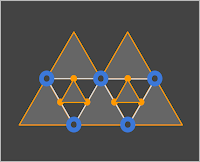
If you move the associations you explored to the next layer of the construction, they will serve as the inspirations or building blocks for the next layer of your construction for the solution.
By using both inspiration and limitation, you experienced how your solution came together. It is not the top most triangle that will be the solution. It is the whole construction, process, history that defines the solution you discovered. This is an important characteristic that defines the triangle vision.
Too many people and companies invest so much energy, time and money in predicting what the solution will be without focusing on the actual process. We can be more efficient by failing fast to experience what we do not know. We show transparency towards others by visualizing the entire history of the solution.
The whole process becomes the solution, not the end result ...
Thank you for your time. I hope you enjoyed this blog post :)
Robb
What is next ?
"Iteration is quality :
How to iterate by reusing the knowledge of gaming. "













.png)

